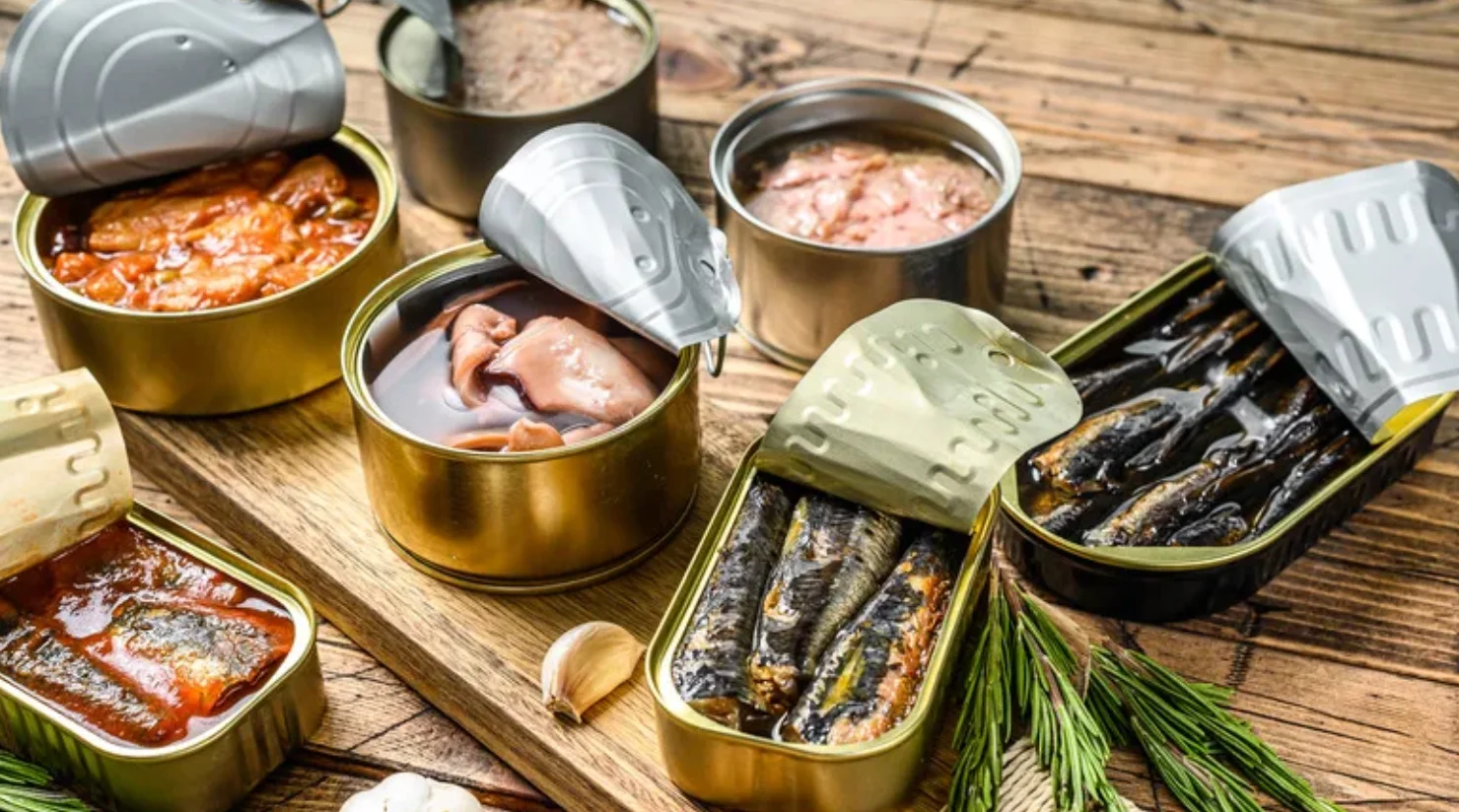
Canned luncheon meat is mainly packaged in metal cans. It has changed in form with the development of tinplate can-making technology. Tinplate is mainly used to make cans. In order to make luncheon meat more delicious, merchants have turned their brains to packaging. superior. The outer packaging of luncheon meat is generally made of tinplate (that is, tin plate), which can minimize the use of food additives and maintain its freshness for a long time. However, consumers with discerning tastes feel that such cans always have a unique taste of "iron".
So how to retain the use of "iron" cans without the smell of "iron" cans? What if I put a film inside the jar?
Film laminated steel is an environmentally friendly composite material composed of a polymer resin film and a steel substrate. The plastic film is compounded on the substrate through a melting method. To put it bluntly, a film is put on the wall of the can to separate the iron from the "little fresh meat", leaving no opportunity for iron ions to take advantage of.
You don’t need to worry about its safety, there are enough facts to strongly prove that film laminated steel is safe and reliable.
There is a wide range of materials for laminating films. The PP white film usually used on the inside of food cans has passed the US FDA's identification standards: TFS/PP, 130℃/60 minutes, and is specially used for the inner walls of food cans.
The laminated steel does not use chemical coatings and inks, but uses plastic films for thermal lamination. No adhesives or solvents are used, ensuring human health and safety. Solve the problems of environmental hormones and volatile organic compounds.
The excellent barrier properties and stability of plastic films can effectively prevent corrosion of the substrate and the precipitation of harmful substances.
In addition, cans made of laminated steel are very environmentally friendly, allowing you to enjoy the joy of delicious food without any burden!
The production process is environmentally friendly: no solvents and waste gas are emitted during the production process, and there is no need to dry the paint, reducing environmental pollution and being more energy-saving.
100% recycling: The membrane is recycled and reused together with the iron. The membrane is burned as a power source when the iron is heated, and eventually turns into water and carbon dioxide. Waste membranes can also be recycled and reused.
In addition, the excellent coloring performance of laminated steel makes perfect appearance no longer a dream, and "beautiful and delicious" depends on it!

